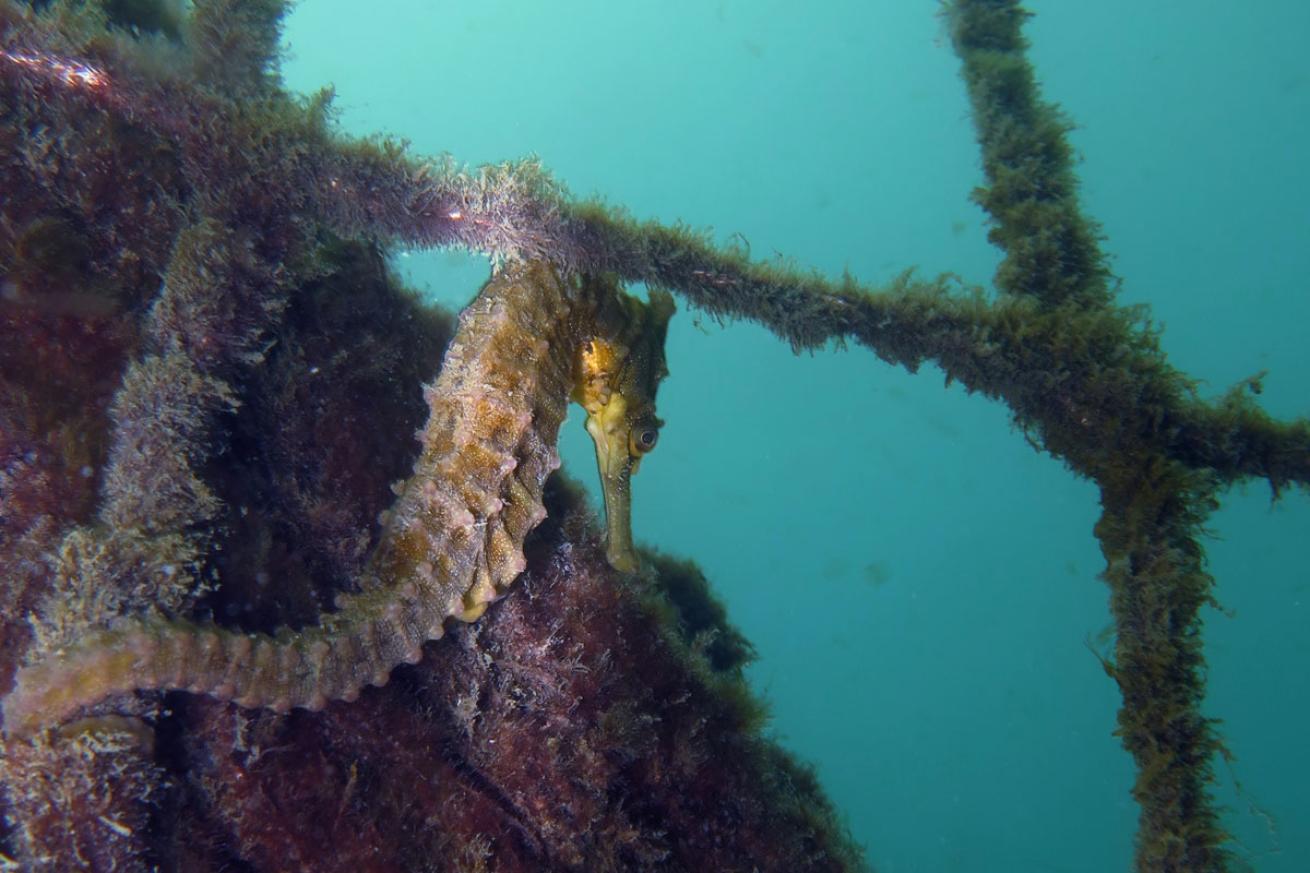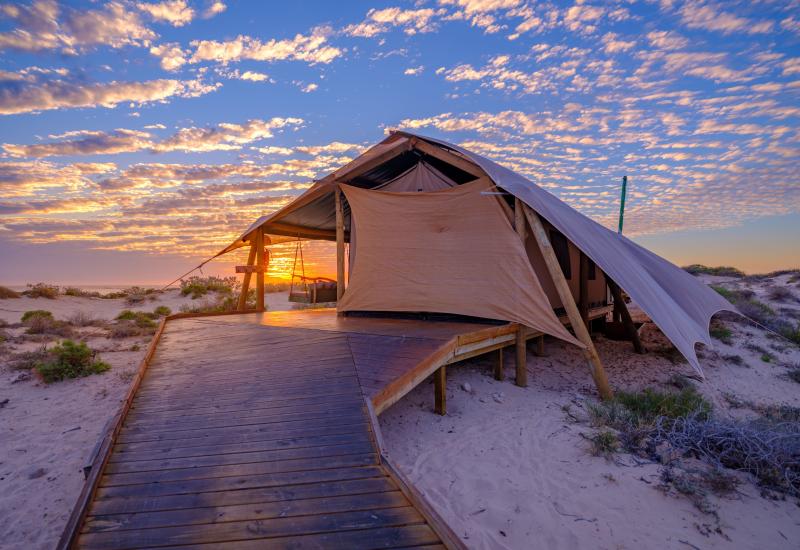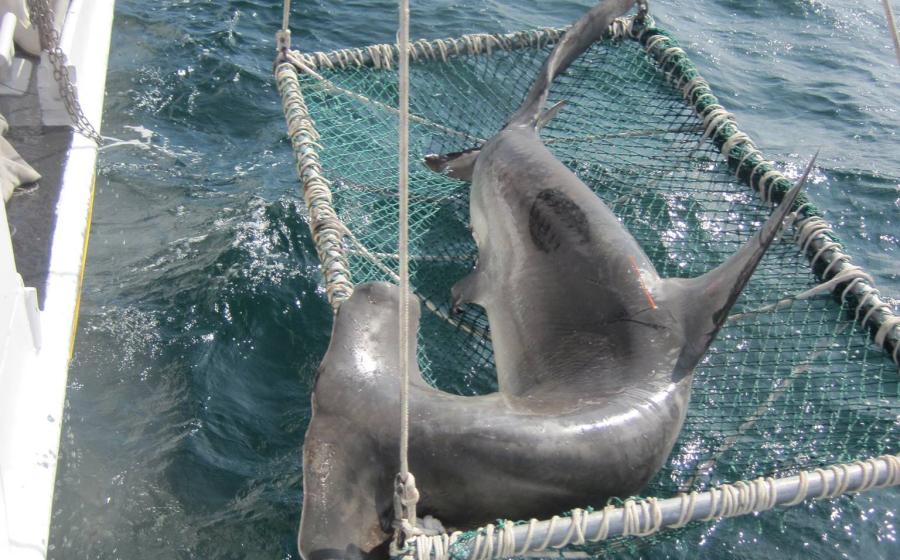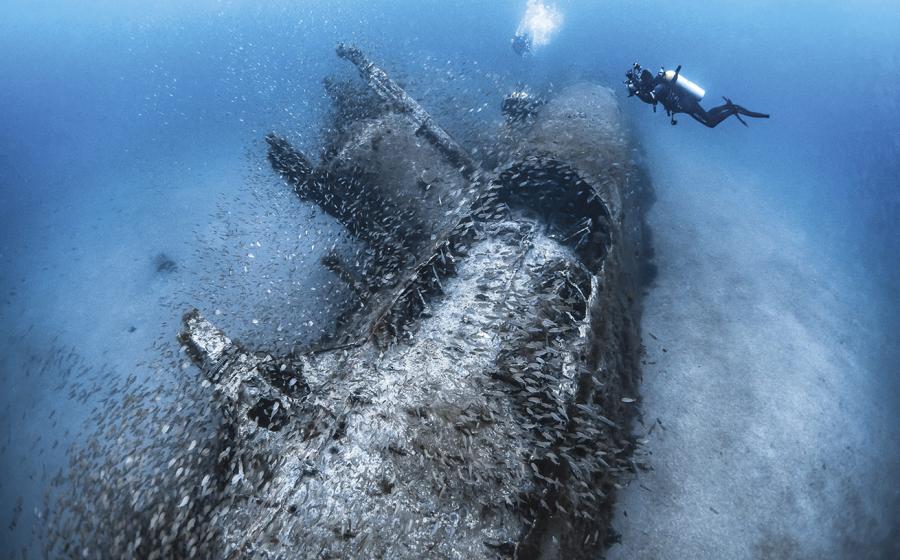Scientists Build Five-Story Hotels for Endangered Seahorses
Seahorses in Eastern Australia are living a new life of luxury. While their natural habitats recover from destruction, White’s seahorses (Hippocampus whitei) are residing in five-story “hotels” created by scientists to help preserve their endangered populations.
White’s seahorses have faced severe habitat loss due largely to human activity. Sponges, soft corals and seagrasses along the country’s east coast have been destroyed by installation of boat moorings, boat anchoring, and other harmful practices, leading White’s seahorses to be considered one of the two most endangered seahorse species worldwide.
In the past decade, White’s populations have declined up to 97% at some sites around Port Stephens, and just last summer, they were added to the list of endangered species under the New South Wales Fisheries Management Act.
Now, scientists have turned the unconventional hotel method to help bring populations back.
The idea for the hotels came after scientists noticed discarded fishing traps become encrusted with corals and sponges over time, like mini artificial reefs. Seeing seahorses, small fish and invertebrates inhabit the structures, plus referencing previous research that showed White’s seahorses use artificial habitats when available, the scientists hypothesized that deliberately placed structures could become temporary homes them while their natural habitats recovered.
The team initially deployed 18 hotels, and it took about two months for seahorses to start using them.

Sahara Frost/Shutterstock.comA whites seahorse clinging to a net.
The seahorses curl their long tails around the hotels’ structures, algae and sponges to keep from being swept into the current.
During monthly surveys, each seahorse using a hotel was marked with a small fluorescent tag that gave it a unique ID to track. In the first 12 months of deployment, over 64 individual seahorses were recorded using the structures, some of which were seen repeatedly throughout the year. This showed that the hotels provided enough shelter and other resources for the seahorses to thrive.
The hotels also provided ample mating opportunities during breeding season. Researchers reported that 13 resident males became pregnant, giving them hope that the hotels would not only protect local populations, but also give them a boost in size.
Worldwide, 14 of the 50 seahorse species are listed as vulnerable or endangered of becoming extinct. Further, the entire genus of all seahorse species, Hippocampus, is listed on Appendix II of the Convention on International Trade in Endangered Species, meaning nations participating in CITES must ensure that any species harvesting and trade is done in a sustainable way.
Despite this listing, several species are still facing population declines, largely from over-harvesting for traditional Chinese medicine, bycatch from trawl fishing nets, and loss of natural habitat.
The success shown in the hotel study, which was published in December in the journal Marine Environmental Research, has led to similar structures being developed in the U.S., Gibraltar, Greece, the Philippines, and Indonesia.










